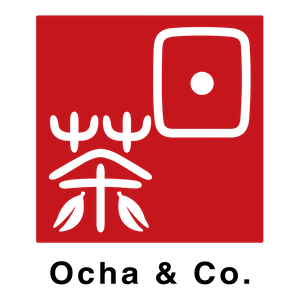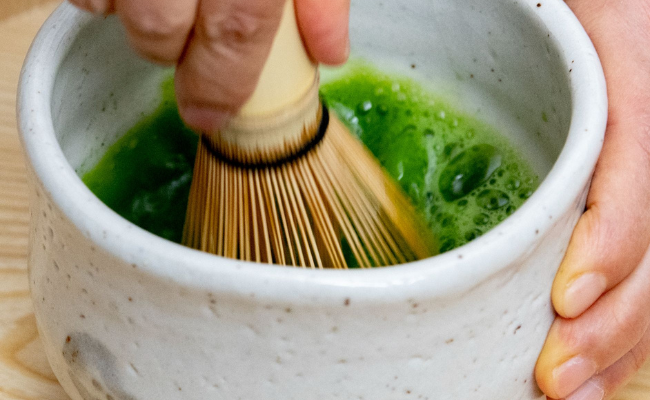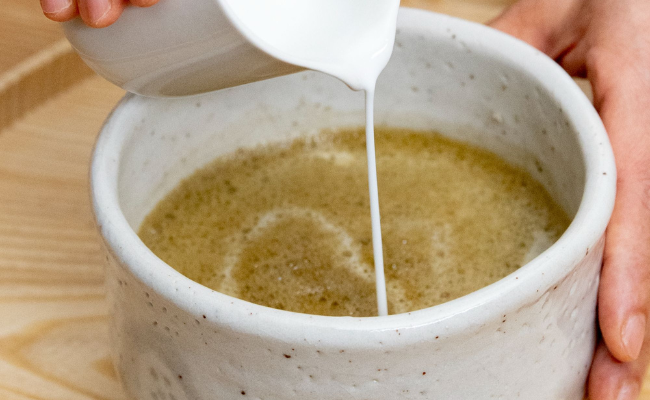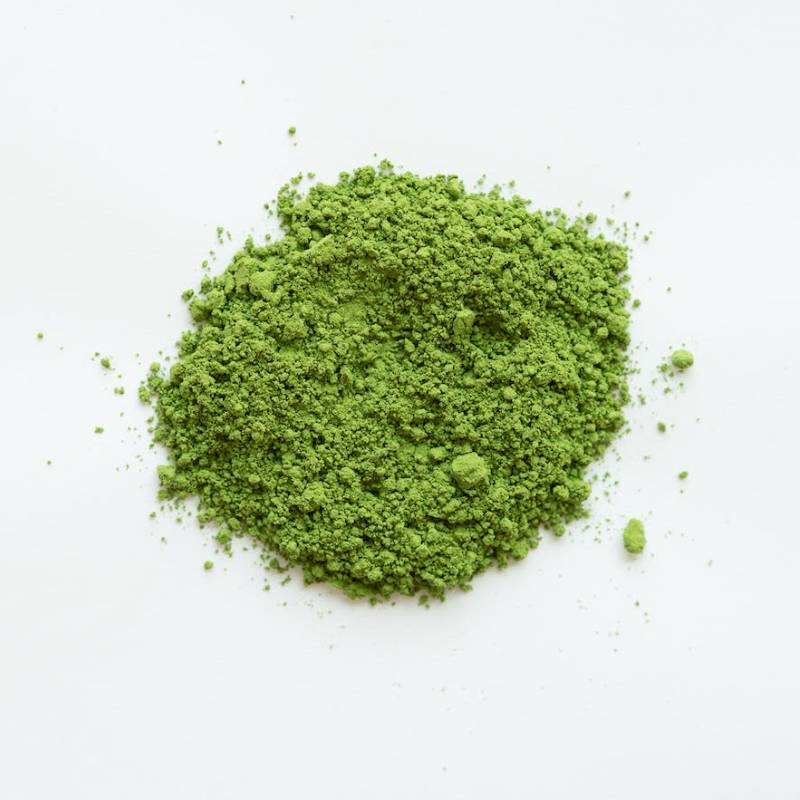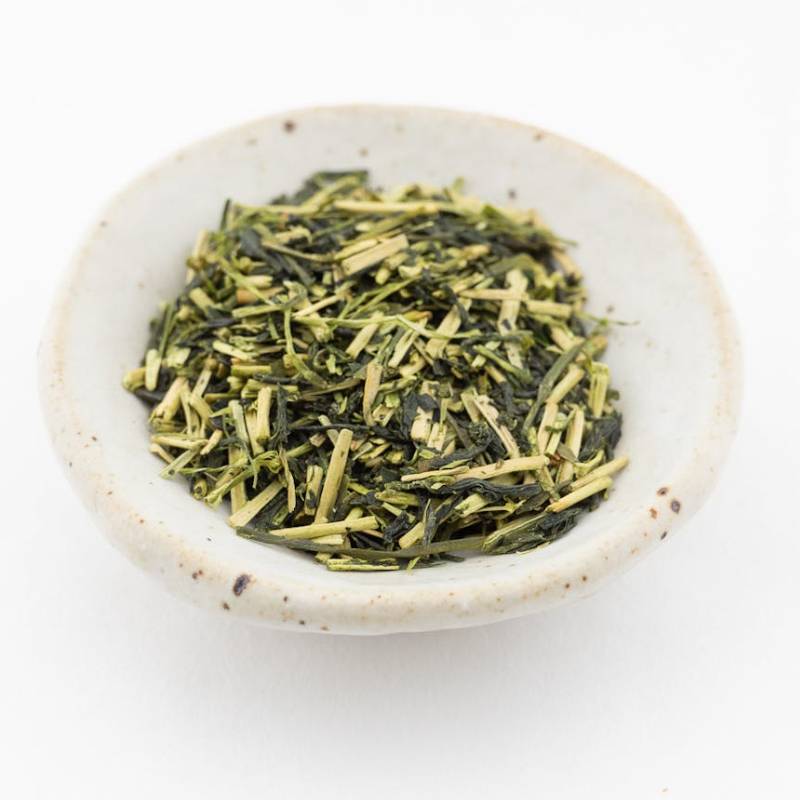Kabusecha Shade Grown Green Tea
Tea Stories: Kabusecha Shade Grown Green Tea
Just like our Gyokuro tea, Kabusecha (Kabuse - shaded, Cha - tea) benefits from being kept under wraps and shaded from the sun to interrupt the photosynthesis process and encourage the production of vitamins and minerals in the leaf as well as help develop that much sought-after Umami tang on the tastebuds.
Sunlight is the enemy of L’theanine, the all-important amino acid that leads to that amazing umami taste in tea and dials down the astringency of a normal sencha for a smoother, sweeter sip. As you’ve probably experienced, L-theanine is also pretty
handy for gently relaxing the body and mind.
_optimize.jpg)
What makes Kabusecha Shade Grown Green Tea different from Gyokuro?
Kabusecha simply spends less time between the sheets - between a week to ten days - than Gyokuro. And this time, the shading is partial - so the leaves for Kabusecha still get some exposure to the sun at points throughout the day. Gyokuro, on the other hand, is fully covered by a ceiling of nets and it won’t be
“woken up” by being harvested until it’s served at least 20 days in the relative dark.
The result of shading Kabusecha this way is a milder, refreshing taste with a less 'chewy’ mouth feel than Gykuro and with a lovely little parting shot of cream on the tongue.
The resulting delicately emerald-hued liquid is a great ‘halfway house’ between Sencha and Gyokuro with all the anti-oxidant benefits of both.
Kabusecha: A liquide treasure worth searching for.
On the downside, the production of Kabusecha shade-grown green tea production is relatively small so it’s a lot harder to find than ordinary Sencha and, what many consider to be green tea royalty, Gyokuro in physical stores.
Luckily Ocha and Co have an excellent and direct-from-the-grower supply of first-flush leaves that you can buy from our. Kabusecha page on the website.
The leaves are blended for us by, the winner of the 46th Japanese Ministry of Agriculture Tea Competition (2016) the most prestigious tea competition in Japan. Our supplier makes up small batches of Kabusecha each month, ensuring the tea is always fresh with a long shelf-life
How to brew Kabusecha shade grown green tea
Temperature, amount of leaf, type of water, and steep time are important factors you need to get right to make the perfect cup of Japanese green tea. Too hot or brewed for too long and the Kabusecha will become bitter and undrinkable (high levels of caffeine and tannins). There is a lot of trial and error before you arrive at the perfect cup so experiment a bit with the amount of tea and water, time, and temperature. The guide below for the different types of tea we sell will help you on your way. Just remember the better the grade of tea the lower the temperature and longer steep times (higher umami and sweetness). A second steep is generally better with a slightly higher temperature and a shorter brewing time. If you can get hold of soft water that would be a bonus too.

Organic Kabusecha
Tea: 4g (0.14 oz. = 1 heaped tsp.)
Water: 1 cup (200ml)
Temperature: (60 - 80°C)
Steep Time: 90 - 120 seconds
